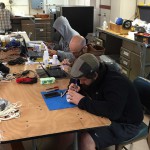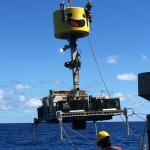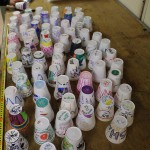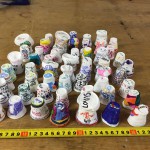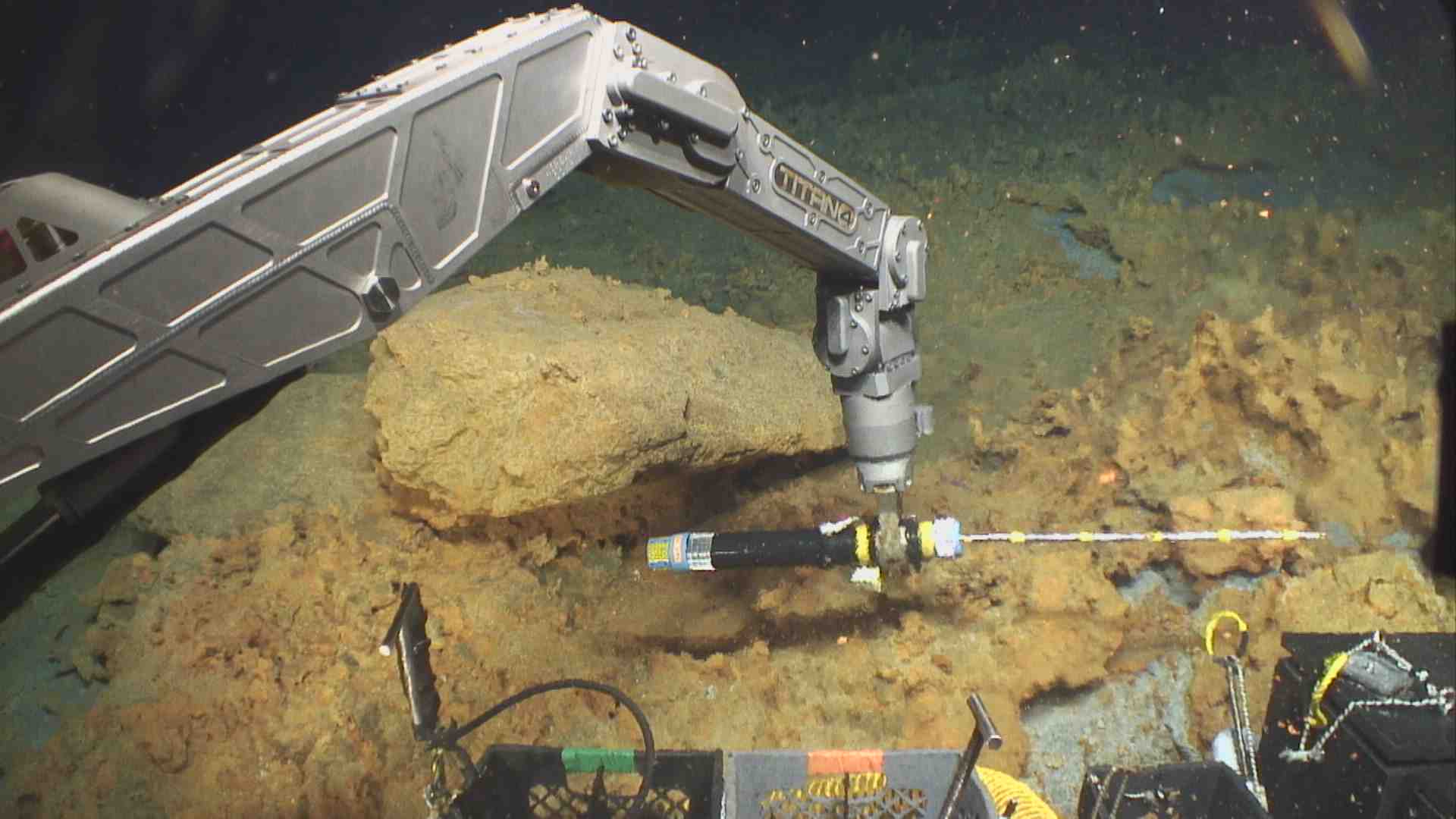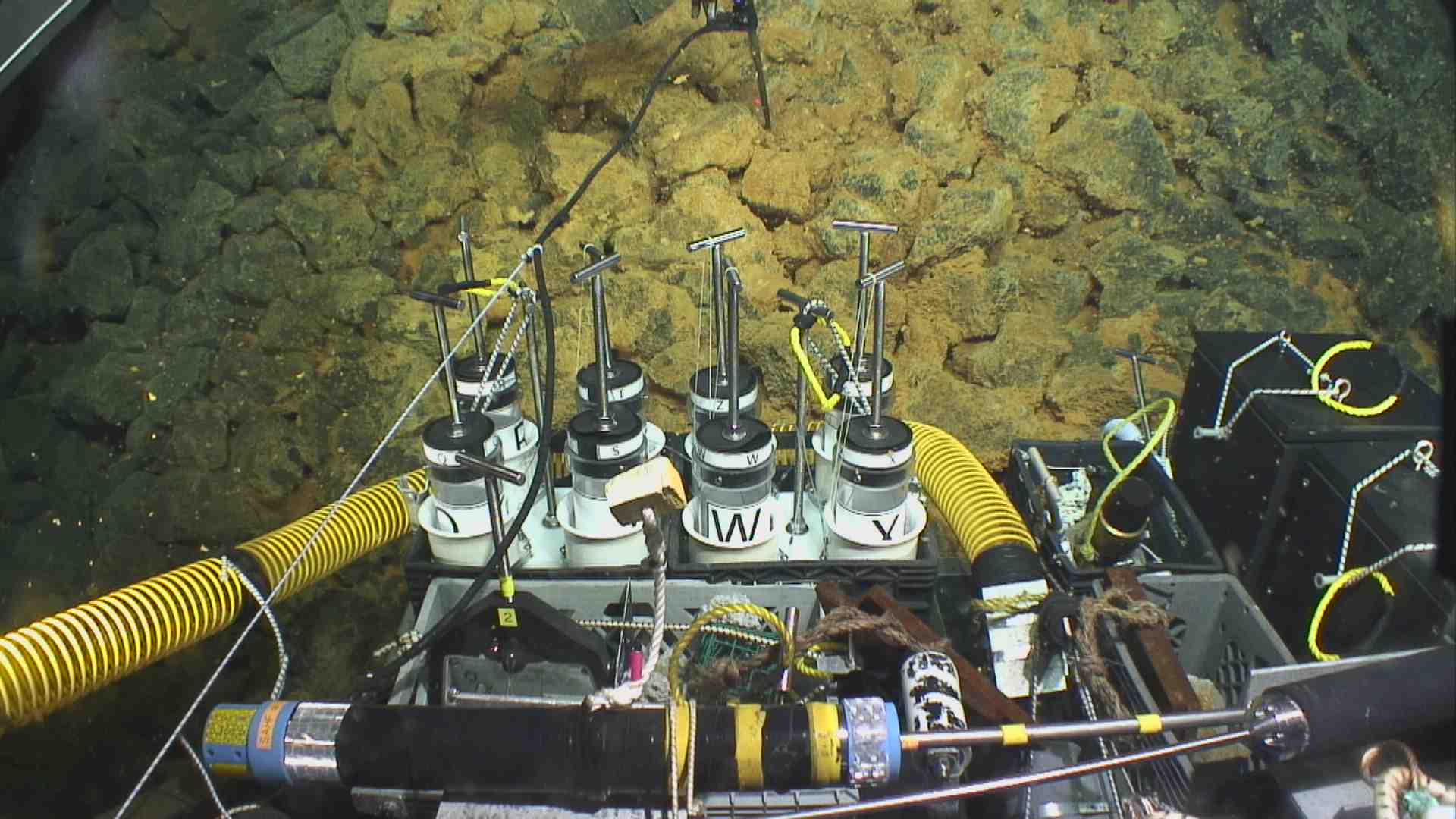Before the cruise, several science team members visited K-12 classrooms to talk about ocean science and what our jobs are like as scientists. We brought styrofoam cups to the classrooms and the students inscribed and bedecked cups with art and messages. Their cups are here with us on the MESH cruise and we used Jason and the elevator to send each cup to the seafloor.
Over 125 K-12 students decorated cups. We’ve been impressed with the creativity and diversity of student art. Some of our favorite styrofoam cup quotes are:
Windows is better than mac
Dear volcano, please don’t blow my cup to pieces, it would make me very sad
I am going to the bottom of the ocean
You never know what’s out there until you go
Decorating styrofoam cups is also a very popular activity with the science team during break time. Tables full of research papers, maps, delicate deep-water hardware, and coffee brewing equipment have to share space with Sharpie markers and styrofoam.
Why do we decorate? Because sending colored cups to the bottom of the ocean with Jason is incredibly fun! Styrofoam has a lot of void space, gaps that make it very light relative to its size. When you subject the cups to the high pressures in the ocean, those little pockets of air are squeezed by pressure and shrink like popped balloons. The cups don’t bounce back – they deform irreversibly. So when they come back up, you’ve got a tiny cup.
After the trip, the miniature cups will be returned to their student creators. It’s fun to let students create their own artwork and shrink it to learn about how pressure changes with depth. The cups also serve as a reminder that in a couple years, the students can be with us here too, investigating the unknown places and processes on Earth.
By Warren McKenzie and Kristen Fauria
